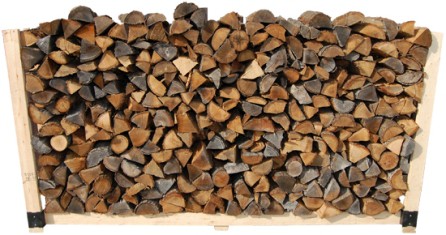Greenhouse gas emissions are "gases that absorb some sunlight redistributing the form of radiation in the atmosphere, a phenomenon called greenhouse effect." These gases have a direct impact on the climate. The consequences are known. They have led to severe restrictions within the European Union and other continents especially after the Kyoto Protocol.
Gases responsible for the greenhouse effect and its impact on the environment
The most known gases are carbon dioxide (CO2), ozone (O3), nitrous oxide (N2O), methane (CH4), hydrofluorocarbons, perfluorocarbons and the sulfur hexafluoride. These gases are more or less dangerous and toxic, but they all contribute to global warming causing peaks of pollution by fine particles or ozone.
The most dangerous gases, recently discovered by American scientists, would PFTBA: perfluorotributylamine used in the electronics industry. This gas would have a powerful radiative effect it would create an accelerated warming in "parked" a hundred years in the lower atmosphere.
The reference gas on global warming is carbon dioxide since it is responsible for about 70% of greenhouse gas emissions from anthropogenic sources. It is produced by the combustion of fossil fuels and biomass (traditional wooden logs).
Followed by nitrous oxide (from certain agricultural activities, combustion of wood, various chemicals), methane (due to intensive farming, production of oil and coal mining) and fluorinated gases (largely affect on global warming as seen above).

The means to fight against greenhouse gas emissions
Various measures to limit GHG were taken jointly by the most influential countries in the world. Targets for 2015 or 2020 have been designated as priority by the various committees involved in the development of the Kyoto Protocol. These measures are innovative but they may not be sufficient to reverse the curve of global warming.
Strangely, the development of new technologies also helps reduce greenhouse gas emissions. For example, if we consider the domestic heating newly marketed, we realize that fossil fuels and fuels grouped in biomass are gradually replaced by natural products made without chemical additives. Pellets, chips, logs densified wood from recycling and recovery. The process is environmentally responsible. The log of densified wood has more outstanding performance and a calorific value much higher than the traditional wood. The log densified wood is produced in a traditional way by pressure. The environmental impact is zero. The log of densified wood produces no smoke, no residue, no odor combustion.
Conclusion: the log of densified wood is definitely the future of energy.